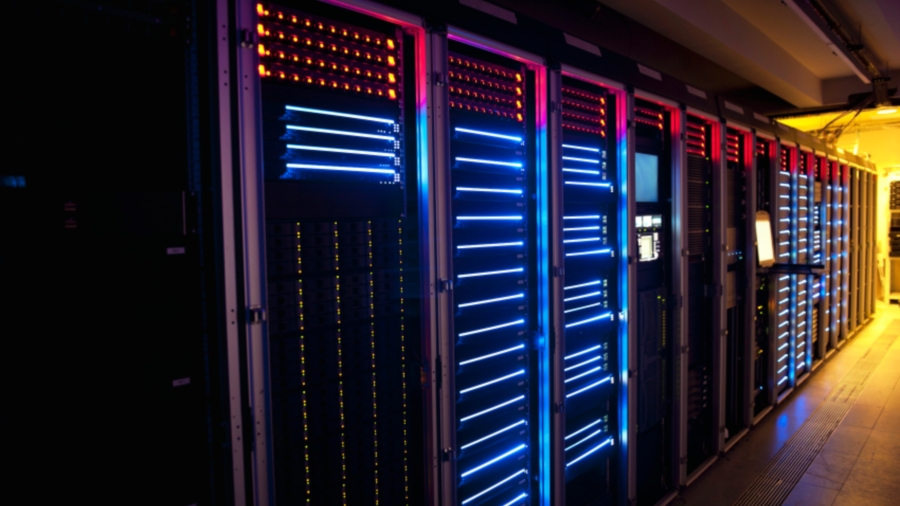Blade, rack or tower: which server is best for you?
Different demands, different configurations

If your business is in the market for its first server, or needs to upgrade an existing installation, you basically have three types of server to choose from.
Tower, rack or blade servers are not the same and lend themselves to particular applications, and it is crucial to choose the right type for its core application.
Tower servers look similar to standard tower PCs, and are popular as first servers as they are compact and easy to set up.
For instance, if a business needs a file server to support a growing network of users, installing a tower server is an ideal first step, especially when cost is a priority.
This type of server is typically used by businesses with 25 or fewer employees. Examples include the PowerEdge (T320, T420 and T620) range from Dell.
When more versatility is needed and a business expects to expand in the near future, a more flexible server platform is needed. Here the rack server is usually recommended.
Larger than tower servers, a rack will need specific installation hardware, but this gives you the flexibility to design just the server platform your business needs now, but more importantly, that can be easily expanded at a later date.
Are you a pro? Subscribe to our newsletter
Sign up to the TechRadar Pro newsletter to get all the top news, opinion, features and guidance your business needs to succeed!
Medium sized businesses tend to go for rack servers as they offer scope for a level of in-built expansion that they.
Examples of rack servers include the Dell PowerEdge R320, R420 and R520.
The third type is the blade server, the perfect choice if space is at a premium and your business wants to invest long term in a server infrastructure that can be expanded at will.
Blade servers move many of the components that you would typically see on a tower or rack server into what is called the chassis - a mount into which the blades fit.
The idea is that the power supply, input/output interfaces, cooling and networking are all independent, and the blades contain a processor and storage, which can be easily upgraded.
A good example of blade servers is the Dell PowerEdge M series.
In all cases, a detailed assessment of your business' current needs and future expansion is critical to identifying the right server platform. The level of storage capacity that will be needed, the processing power of the server, its available interfaces and network connections are all components of the server decision equation.
Your business' core applications will guide you to the right mix of all these components and then which server will meet those requirements.